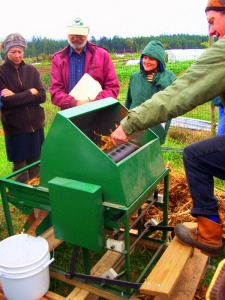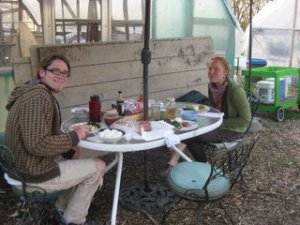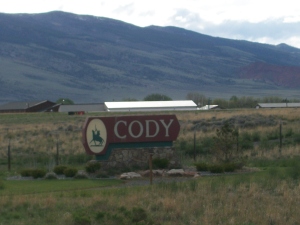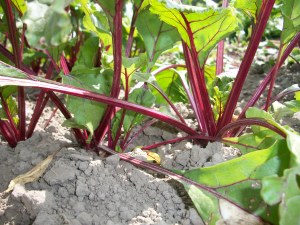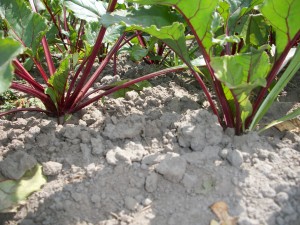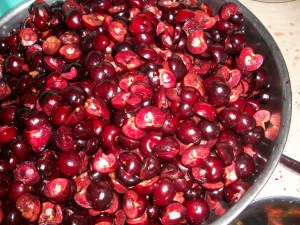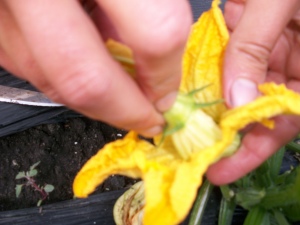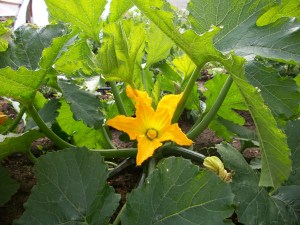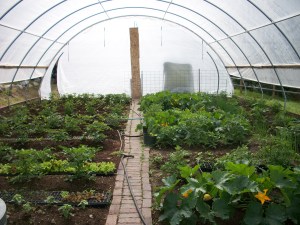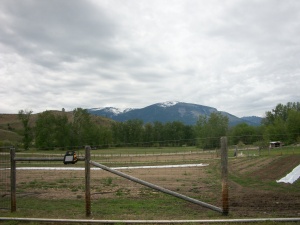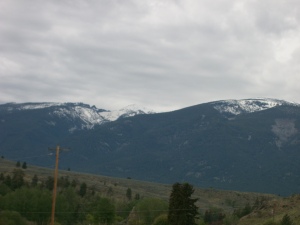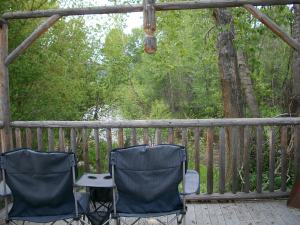If you ever wanted to know the ins and outs of how to save seed from your favorite varieties and crops, the difference between monocots and dicots, if your region’s climate gives you a step-up on any crops, how to store seeds and how long their shelf life is or even how to plant with seed saving in mind, then “Seed Saving for Farmers and Gardeners” is the class for you.
Developed and put on by the Organic Seed Alliance (OSA), and presented by Micaela Colley, this was the class that answered all my questions and got me over my fears about when, how, where and even why to save seed.
A pollination explanation started us out and addressed open-pollinated varieties as opposed to hybrids: with open-pollinated crops the pollen is carried by the wind, insects, birds or other external method; hybrids – known in seed catalogs as F1’s – are crosses of open-pollinated lines of the same species, but they don’t breed true to seed themselves and will separate back out to their parents’ individual traits. She also addressed Genetically Modified seeds (it’s illegal to save them, but I don’t know anybody that wants to) and other patented varieties (even on non-GMOs), and the standard 17-year PVP (Plant Variety Protection) that exists for some specifically bred traits.
After a thorough but quick discussion of basic plant botany covering perfect flowers (those that have both male and female parts in the same flower), imperfect flowers (each flower has either a male anther or female stamen), monoecious plants (separate plants have either male or female flowers), and dioecious plants (the same plant has both male flowers and female flowers), and the difference between dicot seeds and monocot seeds (dicots are things like beans and grains and produce 2 cotyledons; monocots like corn produce only one cotyledon), we moved on to the annual, biennial or perennial natures of crops.
Biennials are the most intriguing to me; they require what’s called a vernalization period, which is a time of cooler weather and ideally higher humidity in order to fulfill their life cycle and decide to bolt and go to seed. The thing is, depending on your region’s climate or the type of year you’re having, vernalization could happen in only one year (as opposed to the 2 years you normally think of with a bi-ennial) thus lending your crop to an annual life cycle. Now, when you’re a plant breeder yourself you might consider this an advantage depending on the crop; if the fruit of the plant is harvested an earlier ripening date may be preferred, but if the vegetative parts of the plant are what you eat then holding it off for the longest amount of time before it bolts would be ideal. Seed saving and plant breeding are starting to become something of an interest and a playground, aren’t they?
From there we learned about the amount of spacing between bodies of crops you’ll need if you want to save seed that is true to this year’s crop: as little as 3ft for peas and lettuce, but up to 2 miles might be required for things like brassicas, squash or corn whose pollen travels the farthest. Also – having at least 50 individuals in one planting seems to be the magic number for optimal pollination.
When growing for seed it’s important to remember your bases:
1-Timing; you have a much smaller window for planting to go to seed than for mature harvesting.
2-Spacing; as just discussed, you’ll probably need more plot space for a body of seed-saving crop (also, it’s best to plant in blocks rather than rows for seed crops.)
3-Staking; bolted plants get HUGE, taller than people in a lot of cases, and they’ll need support and air flow. Have trellising in mind.
4-Irrigation; You definitely don’t want an overhead watering system, since you want the fully formed seed heads to dry out as much as possible before harvesting. Drip is the way to go.
5-Fertility; your soil is going to need more and longer sustained nutrients since the seed growing process takes a bit longer.
6-Weed management; DO NOT LET THE WEEDS GO TO SEED. Nobody wants tainted seeds.
7-Pest management; the case I’ve seen involved trying to keep hungry deer away from fully ripe plants, they can destroy a season of waiting for seed head maturity in one night.
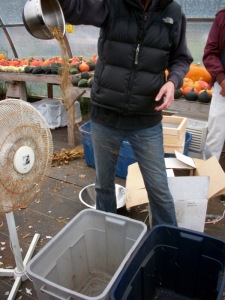
Fanning: pouring off the seeds in front a full-speed fan; the heavy, mature seeds fall off into the 1st bin, the lighter chaff into the 2nd
In the case of seed from edible vegetation crops (things like carrots, kale, cabbage, lettuce; anything that isn’t a fruit of the plant) you’ll want to let the seed head get fully dry before processing the chaff and debris off. Drying on the stalk is one way, but even after that you want your moisture level to be as low as 6%, so further drying, like on a tarp or ground cloth in a well-ventilated space helps a lot. You can then thresh the seed off the heads and sift and/or fan (winnow) off the rest of the debris until you have clean, dry seeds ready for storing or selling.
Seeds obtained from fruits (tomatoes, cucumbers, squash, peppers) have to be cleaned and then dried, and in the case of tomatoes, a slight fermentation period is necessary. Just cut open the fruit, scoop out the seeds and sieve out the pulp. Let the seeds sit in their juice for about 3 days, uncovered at room temperature. If a white mold develops it’s ok, it just means the seeds are ready. Pour off the tomato juice but not any of the seeds, then add water to the bucket or bowl and pour that off, reserving the seeds in the bottom; a few times and the seeds are cleaned of their residue and juice and you have clean seeds ready to be laid out and dried.
When the seeds are completely clean and completely dry storage is the next step. As stated before 6% moisture is the target percentage and a rule of thumb is that if the number of temperature degrees plus the number of the percentage of humidity equal less than 100, you’re in the clear and your seeds should store fine. Envelopes, jars, rubbermaids, tupperware and ziploc bags are a few of the best options for storage, and these are best when kept at a constant, cool temperature. Stored well, seeds can retain their viability for 4-5 years.
And so my comfort level in seed saving savvy has progressed beyond garlic cloves and potato eyes. And with countless traits just begging to be reigned in and bred out in future generations, I have renewed hope for our contemporary food revival and the broad scope that stewarding the earth entails.


